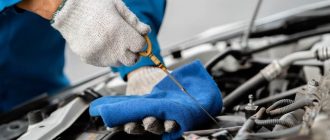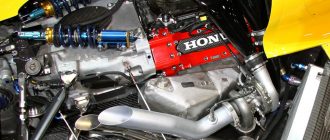What is Decarbonization in Car Engine?
Introduction
Decarbonization is the process of removing carbon deposits from the engine of a car. These deposits can build up over time and can cause a number of problems, including:
- Reduced engine power
- Increased fuel consumption
- Rough idling
- Knocking or pinging noises
- Exhaust emissions problems
Causes of Carbon Deposits
Carbon deposits can be caused by a number of factors, including:
- Incomplete combustion of fuel
- Oil leaks
- Excessive idling
- Poor quality fuel
- Driving in stop-and-go traffic
Symptoms of Carbon Deposits
The symptoms of carbon deposits can vary depending on the severity of the problem. Some common symptoms include:
- Reduced engine power
- Increased fuel consumption
- Rough idling
- Knocking or pinging noises
- Exhaust emissions problems
Decarbonization Methods
There are a number of different methods that can be used to decarbonize an engine. These methods include:
- Using a decarbonizing agent
- Running the engine at high RPMs
- Driving the car in a high gear
- Using a fuel additive
Benefits of Decarbonization
Decarbonizing an engine can provide a number of benefits, including:
- Improved engine power
- Reduced fuel consumption
- Smoother idling
- Reduced knocking or pinging noises
- Improved exhaust emissions
How Often Should You Decarbonize Your Engine?
The frequency with which you should decarbonize your engine will depend on a number of factors, including:
- The type of driving you do
- The age of your car
- The condition of your engine
Generally speaking, it is a good idea to decarbonize your engine every 10,000 to 15,000 miles.
Conclusion
Decarbonization is an important part of maintaining your car’s engine. By removing carbon deposits, you can improve engine performance, reduce fuel consumption, and extend the life of your engine.




